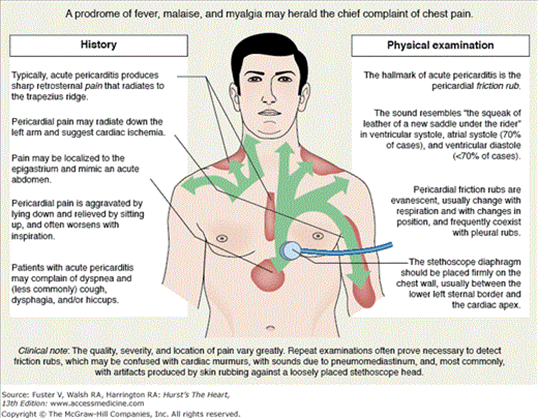A nurse is assessing a client who is preoperative and reports an allergy to bananas.
The nurse should recognize that the client is at risk for an allergic cross-reactivity to which of the following substances?
Latex.
Anesthetics.
Povidone-iodine.
Adhesive tape.
The Correct Answer is A
A banana allergy is often connected to a latex allergy.
This is because some of the proteins in the rubber trees that produce latex are known to cause allergies, and they are similar to the proteins found in some nuts and fruits, including bananas.
This syndrome is known as latex-food syndrome or latex-fruit allergy.
Choice B is not the answer because there is no known cross-reactivity between bananas and anesthetics.
Choice C is not the answer because there is no known cross-reactivity between bananas and povidone-iodine.
Choice D is not the answer because there is no known cross-reactivity between bananas and adhesive tape.
Nursing Test Bank
Naxlex Comprehensive Predictor Exams
Related Questions
Correct Answer is A
Explanation
Thrombocytopenia, or low platelet count, is a contraindication to receiving heparin.
Rheumatoid arthritis is not a contraindication to receiving heparin.
Thalassemia is not a contraindication to receiving heparin.
COPD is not a contraindication to receiving heparin.
Correct Answer is {"xRanges":[101.765625,141.765625],"yRanges":[263.609375,303.609375]}
Explanation
A pericardial friction rub is highly specific for acute pericarditis and is generally heard over the left sternal border.
It is often louder at inspiration but sometimes can be better heard on forced expiration while the patient bends forward.
Choice A is not the answer because it does not correspond to the left sternal border.
Choice B is not the answer because it does not correspond to the left sternal border.
Choice D is not the answer because it does not correspond to the left sternal border.

Whether you are a student looking to ace your exams or a practicing nurse seeking to enhance your expertise , our nursing education contents will empower you with the confidence and competence to make a difference in the lives of patients and become a respected leader in the healthcare field.
Visit Naxlex, invest in your future and unlock endless possibilities with our unparalleled nursing education contents today
Report Wrong Answer on the Current Question
Do you disagree with the answer? If yes, what is your expected answer? Explain.
Kindly be descriptive with the issue you are facing.
